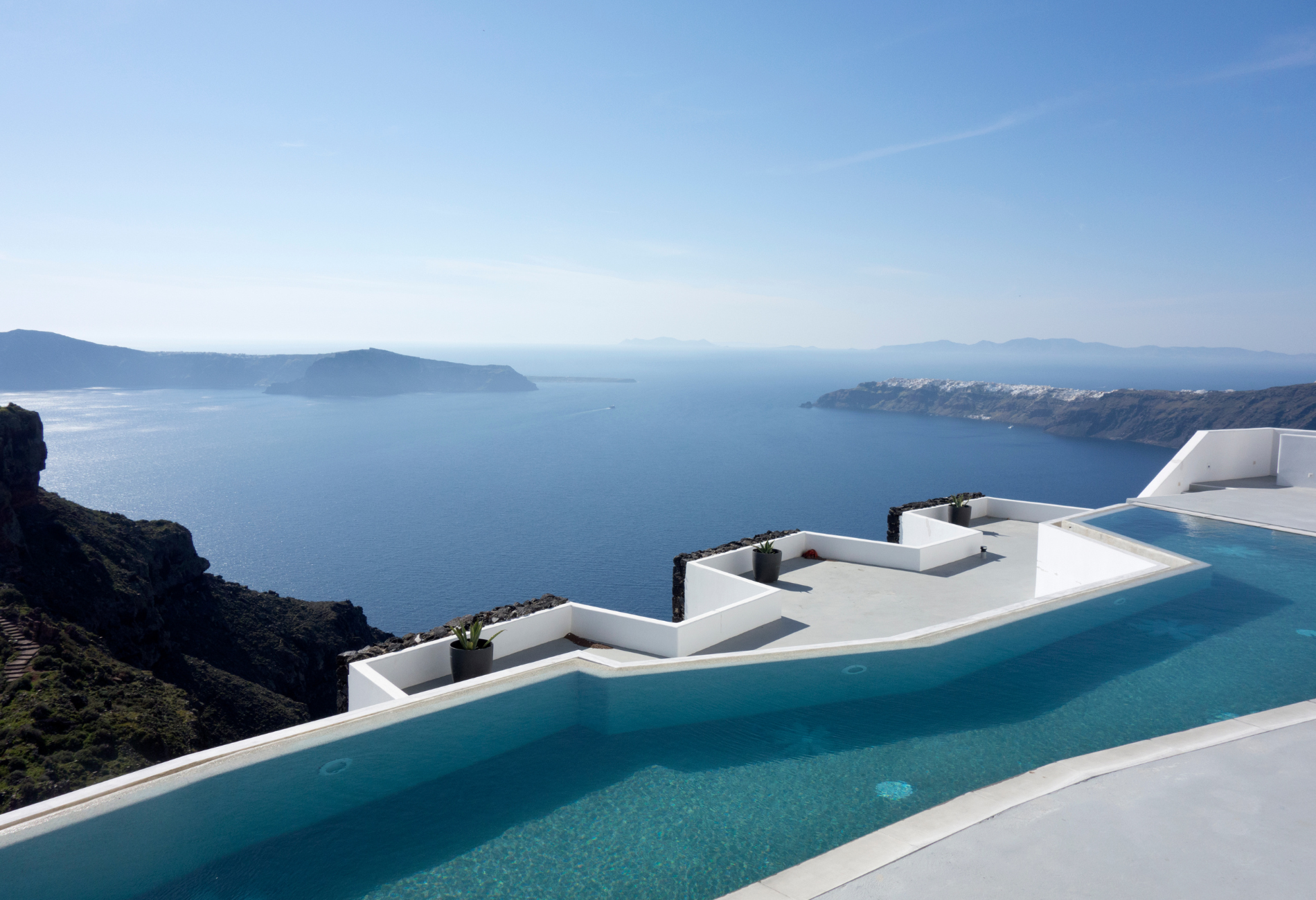This post contains one or more references to our advertisers. If you buy something through our links, we may earn a commission. For our full advertising policy, click here.
South America represents the pinnacle of adventure travel. The soaring peaks of the Andes crown the vast continent, from the sweaty salsa clubs of Colombia to the mysterious ancient valleys near Machu Picchu, offering intrepid travelers some of the world’s most sought-after experiences.
I spent seven months backpacking the region, navigating my way from the likes of the Amazon rainforest to snowcapped glaciers 16,000 feet above sea level. It was astonishing, but I can tell you South America is no walk in the park. Temperamental climates, dizzying altitudes, inconsistent infrastructure, and high crime rates mean travelers need to be prepared for anything.
To help you prepare for your own South American adventure, I’ve listed some items I relied on heavily over the months I spent there. From clothing to gadgets – these are my South American essentials.
Clothes
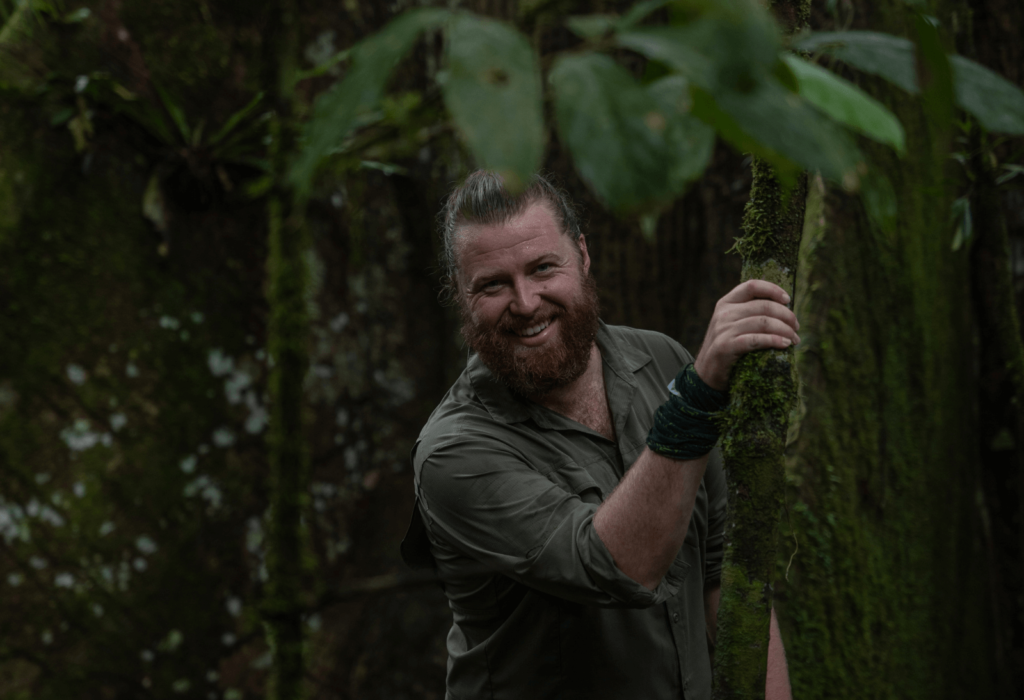
Dressing for an extended, country-hopping trip in South America is tough. Shifting altitudes and geographical conditions mean microclimates are everywhere. In Ecuador, I was subject to sickly humid 90-degree weather in the Amazon, a frozen beard on Cotopaxi mountain, chilly city days in Quito, then pleasant 70-degree weather in Banos – that was all in one month in one country the size of Colorado.
If you’re on a shorter trip, you’ll have the convenience of packing one colossal bag with everything you need. For anything longer, you’ll need to be savvy and think layers. Here are some of my go-tos from the trip.
These shirts will be in almost every product list I write. There are five in my backpack at all times, and I use them for everything. They dress up for the bar but function beautifully as a base layer for adventurous pursuits. The merino-nylon blend doesn’t hold odor, dries ridiculously quickly, and helps you keep cool or warm in different situations.
I wore mine as a base layer on a 3-day slog through the Ecuadorian Andes and a five-day trek along the Inca Trail to Machu Picchu. I’ll probably grab a few more when I’m home. And I’m even wearing the polo right now.
Jackets are a tricky packing problem. The same one that keeps you warm and dry in the mountains isn’t the same as the one you throw on in a tropical downpour. The Patagonia Torrentshell 3L filled that gap perfectly for me.
It’s light, waterproof, and has enough space to layer underneath. At my coldest, I could wear a t-shirt, a long sleeve, a sweater, and my Patagonia Nano puff under the Torrentshell with space to move. At my warmest, I threw it on with the armpit zippers open and a tee underneath. The hood also has a great beak, so it keeps any dripping water off your face. To top it off, the pockets are huge, and it stuffs inside itself for easy packing or use as a pillow.
Plus, I love the colorways.
I’m not a fan of fishing shirts, but know that Columbia’s Omni-shade stuff is excellent. So when I found the Silver Ridge in Istanbul, I jumped on it. It still has super-quick drying qualities but isn’t as baggy and odd-shaped as most fishing shirts are.
This is my typical second layer on any major hike, and the longer I have it, the more it creeps into my casual use. I wear it on travel days, thanks to the two breast pockets. It keeps me just warm enough in brisk weather and helps lessen the effects of my self-destructive tendency not to wear sunscreen in sunny weather at 14,000 feet.
Oh, I love Lems. The Colorado-based shoe company wooed me with the previous model of the boulder boot and got me again with the waterproof version. They’re zero-drop, which can take a bit to get used to, but I can’t recommend a better boot for sheer practicality. They function admirably and carried me on several multi-day treks and summits in South America.
They don’t offer the same level of support as a traditional hiking boot, but unless you’re doing some technical terrain climbing, you’ll be fine. Just wear them in. The genius of these is their portability. They weigh around 12.9oz – a traditional boot can weigh about 32oz. They’re fully pliable, too, so you can fold them up and stick them in your bag, saving you space and weight at the airport.
Your jeans are no good here. You need a good pair of hiking pants, and the Brise Schoellers fit the bill. I wore these for days at a time (well past the hygienic limit) because they’re so damn comfortable and so damn flexible. No lunge was too far for them, even if it was for me. I think the skinny calves look great too.
They’re technically built for rock climbing, hence the flexibility, but I’ve used them for everything. The zipper thigh pocket is also great as a security pocket—something you must consider in many of the continent’s cities.
Accessories
You’ve got your clothes sorted; now you need the rest of your gear. The stuff listed here helped me on multiple occasions and in unexpected ways. South America has a unique set of challenges you won’t find in Europe or North America, so make sure you’re equipped to deal with them.
I adore the Nomatic McKinnon Camera Pack. A thief slashed it on the two-day journey from Ecuador to Peru, and the bag responded with a resounding “F you.” Its tough tarpaulin outer and even more rigid inner shell meant the guy was left empty-handed. The bag is still going strong, albeit with a battle scar.
Don’t let the name distract you. This bag is far more than camera storage. It’s an utter beast. This functioned as my second bag – worn on my chest for travel days – but thanks to its expandable 45l capacity, I would leave my larger backpack somewhere secure and use this as my primary. Packing well can carry a week of clothes, a laptop, a tablet, three full-sized cameras, 3 GoPros, and a few accessories.
The camera quick-grab pocket is particularly useful in South America. In some cities, carrying a camera around just isn’t safe. My girlfriend loves taking pictures, so I’d occasionally carry the bag with the camera ready to roll behind the quick-grab. When she wanted a shot, she’d pull the camera out, the bag still on my back, take the short, and return it to the bag—no fuss, no annoying unpacking, and most importantly, no stolen camera.
The Garmin Fenix 6 Watch (or the newer 7)
I had no clue how brilliant this watch would be. While smartwatches are excellent for fitness tracking and other things, I’ve never wanted my life on my wrist. The Fenix 6 does away with the countless apps, instead focussing on helpful tech to improve fitness and transform outdoor pursuits.
Its fitness tracking is unmatched and accounts for a ridiculous array of activities, but its true worth became apparent in South America. The watch downloads up-to-date topographical maps, including many barely noticeable footpaths. South America’s tourist infrastructure isn’t as robust as other regions, and signage was all but useless multiple times on treks and mountain climbs. The watch ensured I knew where we were at all times and let us retrace our steps if we made a wrong turn. I was never lost, and that was irreplaceable.
Throw in downloadable music, Bluetooth, and Garmin pay, which means you can head out for a run or walk with no phone or any other distraction, and focus on what you’re doing. It’s also not as flashy as some smartwatches, so it can fly under the radar of thieves too.
Trust me; you will want to document as much South America as possible. Some of the world’s most breathtaking sights call the continent home, and photos and video will let it live on in your memory a little clearer. But lugging a giant DSLR camera isn’t the answer for most people unless they know how to use it.
The GoPro Hero 10 is an excellent alternative. It boasts high-quality photos, stunning video, and it fits in your pocket easily. I documented almost the whole trip on mine, and I’m still working through the footage months later. You can spend extra on the 11, but the differences will go unnoticed unless you’re a proper camera geek.
This little set of silverware is brilliant for two big reasons:
- You never know what kind of utensils you’ll have in an Airbnb or hostel
- You’re going to be handed a lot of plastic straws, knives, and forks in South America
Throw these in your bag, and you’re covered. Get into the habit of saying no to plastic cutlery, and you’ll realize how much you’re using. Don’t forget to put it in your checked bag at the airport, unlike my girlfriend. She’s been dismantling hers, piece by piece, in the security line.
Goodr sunglasses are another product that will appear in most product lists I make. I regularly state that they’re pound for pound the most valuable thing I’ve ever bought. Starting at $25, they’re rugged, polarized, don’t slip, and don’t bounce.
I’ve run in them, hiked the Inca Trail in them, dropped them from a horse in Colombia, wore them to restaurants in Buenos Aires, and climbed countless mountains with them on my massive head. Switch them in for your Raybans and watch your stress levels drop.
Pre-sunrise hikes, late-night hostel arrivals, power outages, moonlit pee trips. All things that are easier navigated by light. These little headlamps were life savers for us on multiple occasions, but even if we didn’t use them, they represent peace of mind.
We had earthquakes, which weren’t serious. Weeks after leaving Ecuador and Peru, both countries descended into political turmoil. Argentina was on a similar brink while we were there. In those scenarios, things can turn sour quickly, and a simple thing like light can mean the world.
It’s even a portable reading light.
Picture the scene: A South American hostel common room at 10 am on a Tuesday. Reggaeton is already blaring. Fourteen drunk Dutch 19-year-olds are celebrating King’s day. The police are outside the window arresting two men for fighting. Chaos.
Yours truly is sitting in the corner, headphones on, blissfully unaware of the scenes around him, arguing with his editor over the merits of his flowery language in his recent newsletter. You need noise-canceling headphones, and these are some of the best. Don’t leave home without them.
Laundry sucks. The Scrubba portable washing machine does not.
While I never reach for it when there’s a real washing machine, it’s there for you in a pinch. Just fill the bag with water and soap, throw your clothes in and scrub. It’s simple, but it does the trick.
I used it as a helpful waterproof bag on multiple occasions too. I get very sweaty, and having a portable solution for keeping the smelly or wet stuff away from my dry gear is huge.
A million brands are making these, but I’ve had my Hydro Flask mug for three years, and it’s still great. You can usually find it hanging outside my bag to save space, but I use it daily. Like the silverware above, hostels and Airbnbs aren’t always equipped well, so this guarantees you’ve always got your coffee cup.
In fact, I’m using it right now. It’s kept the coffee I made an hour and a half ago and forgot about warm enough to drink. #winning

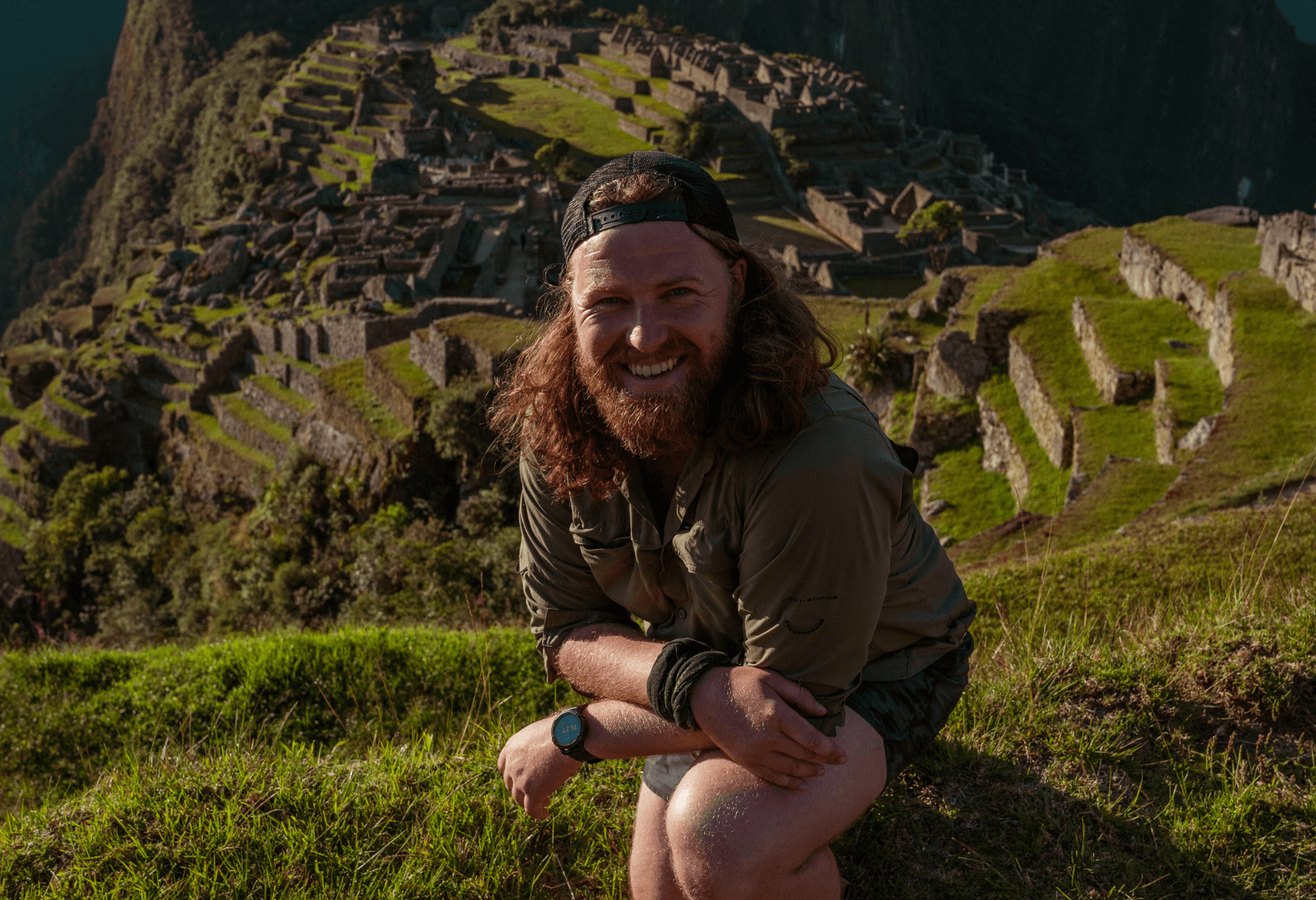
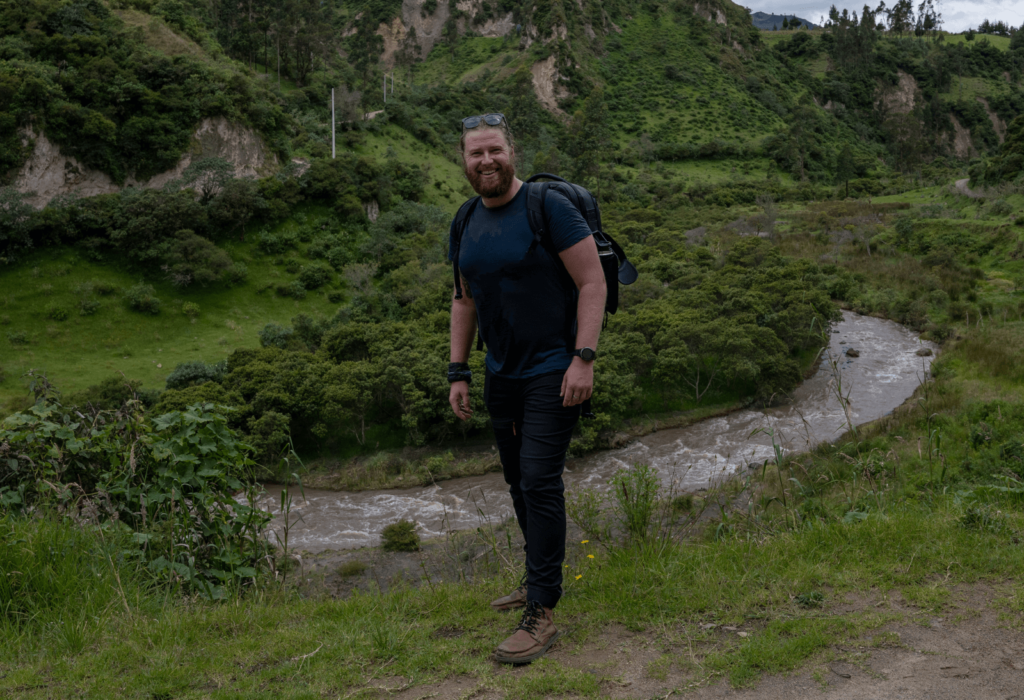
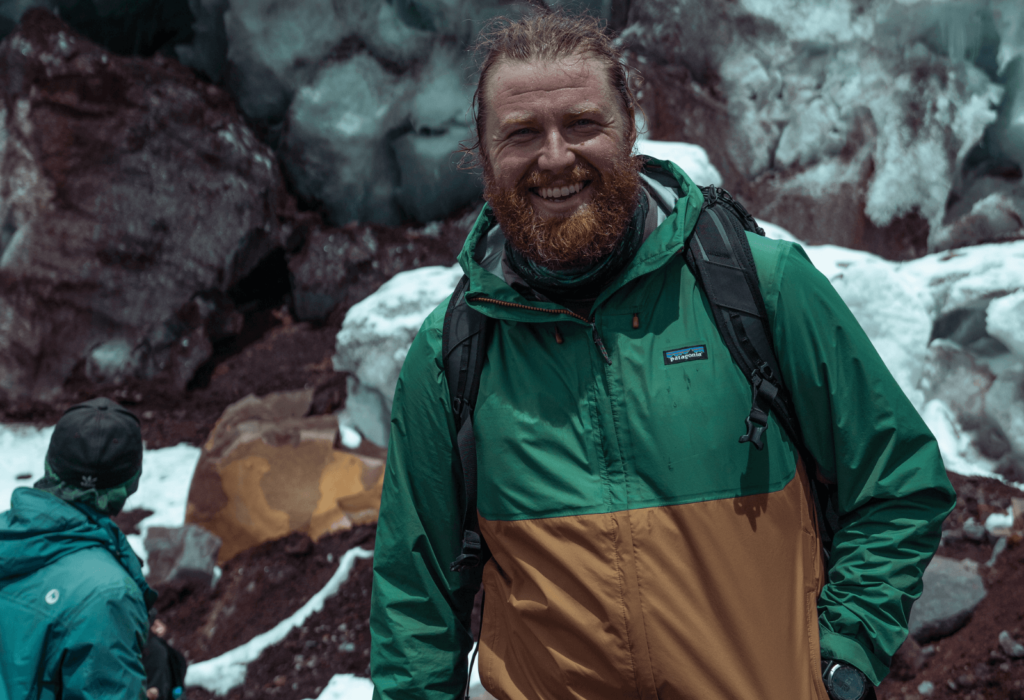
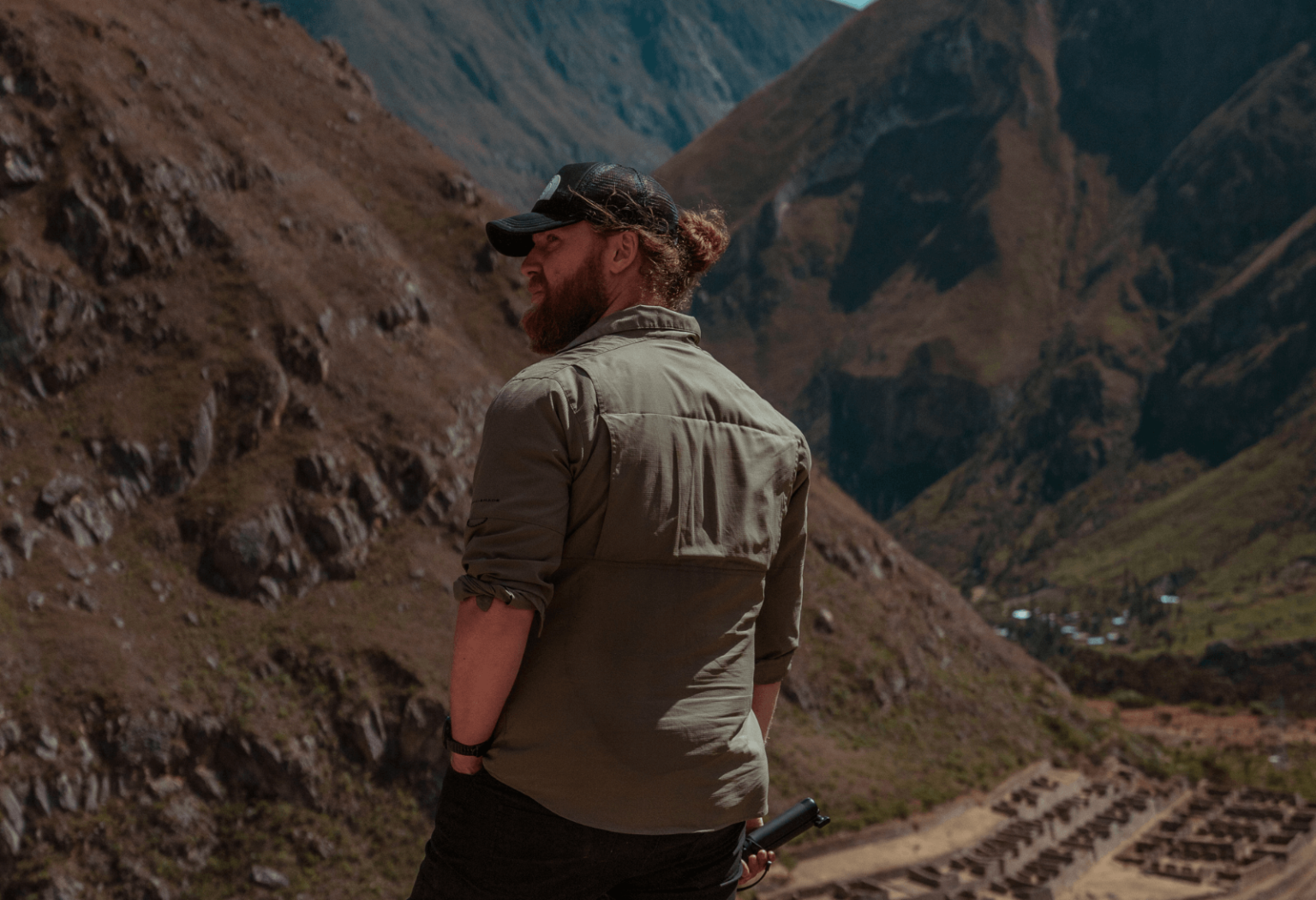
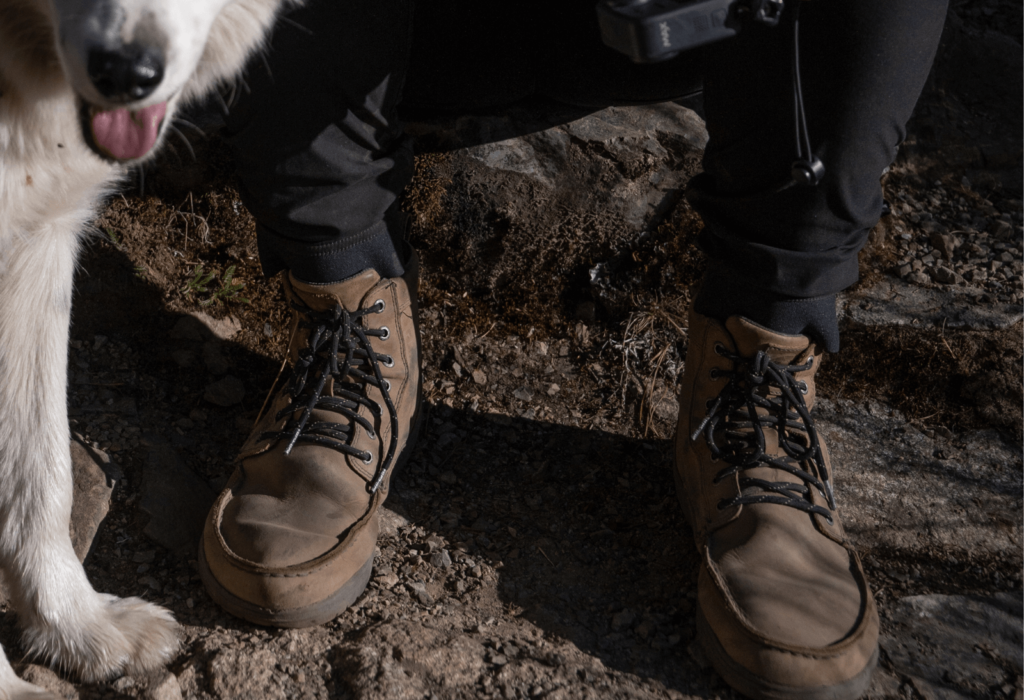

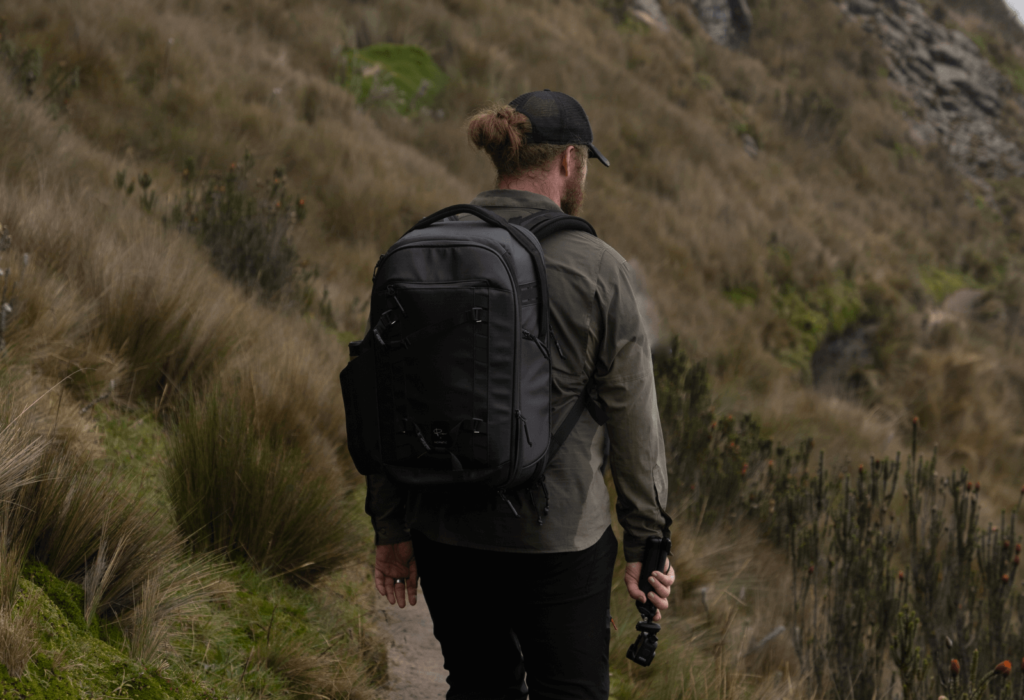
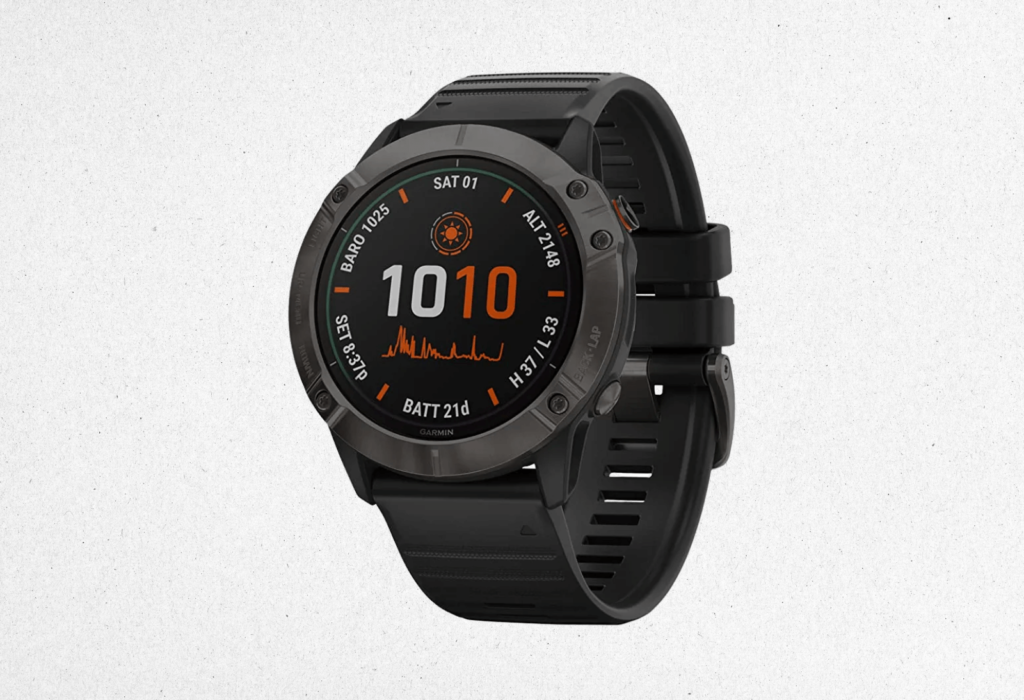
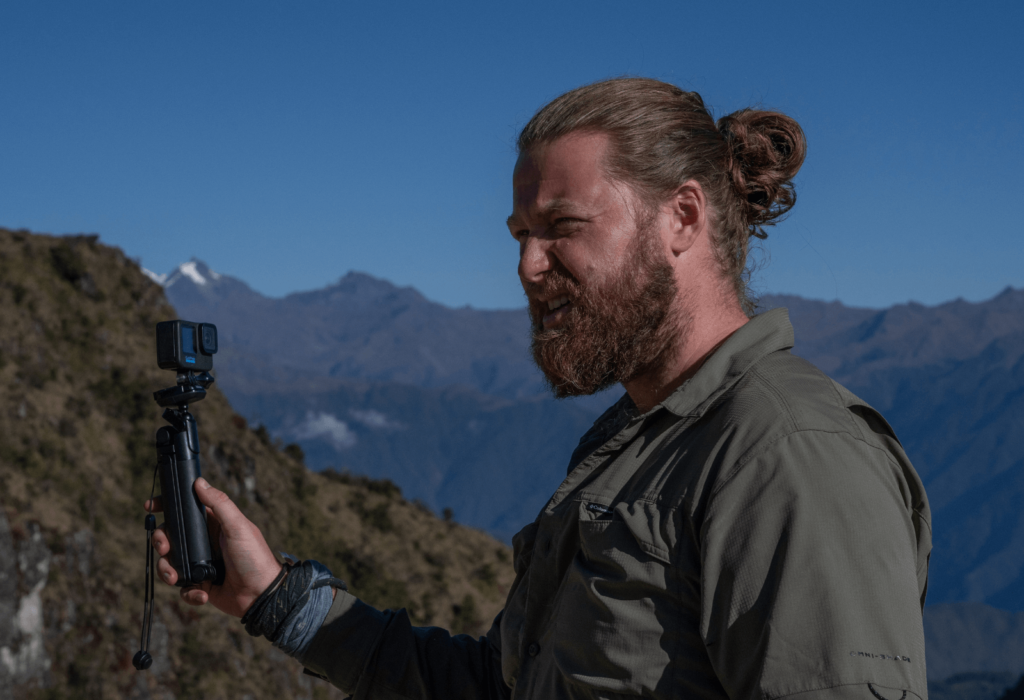
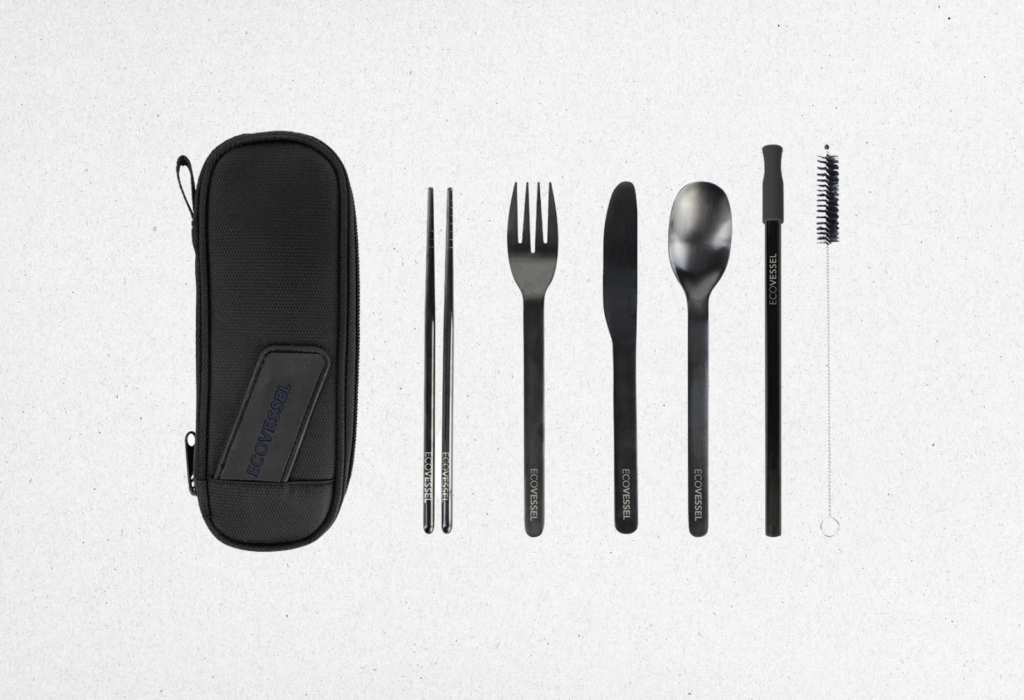
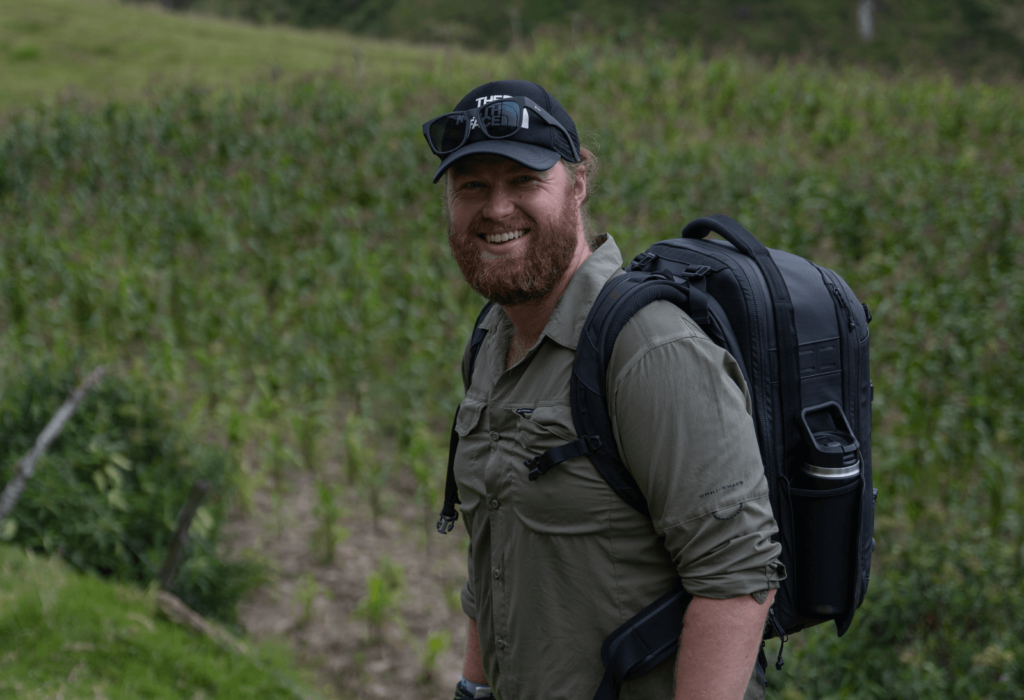
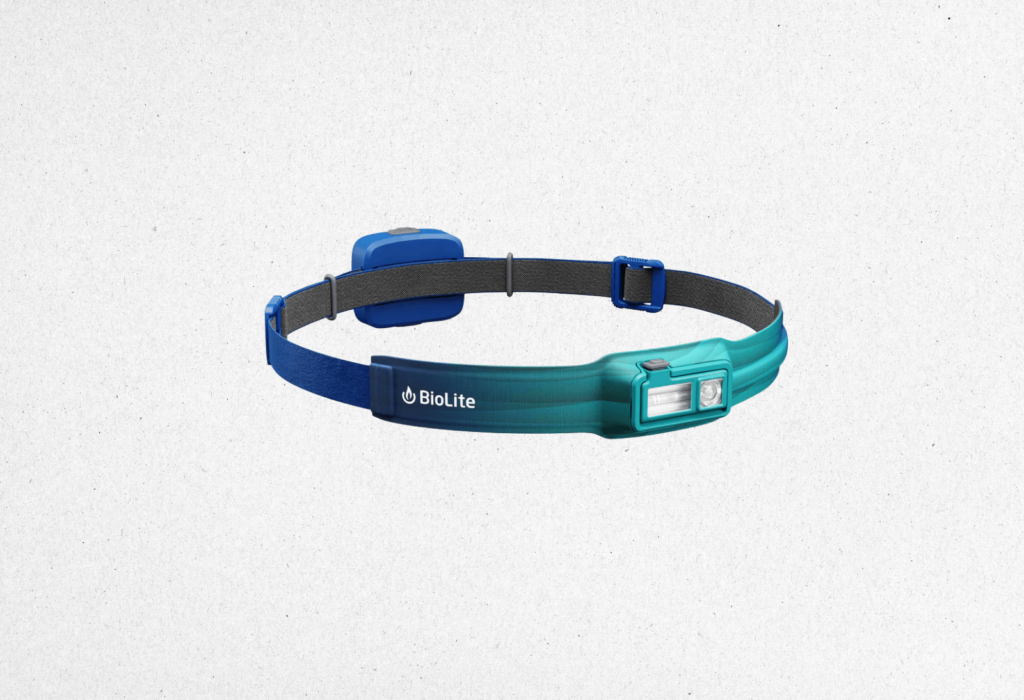
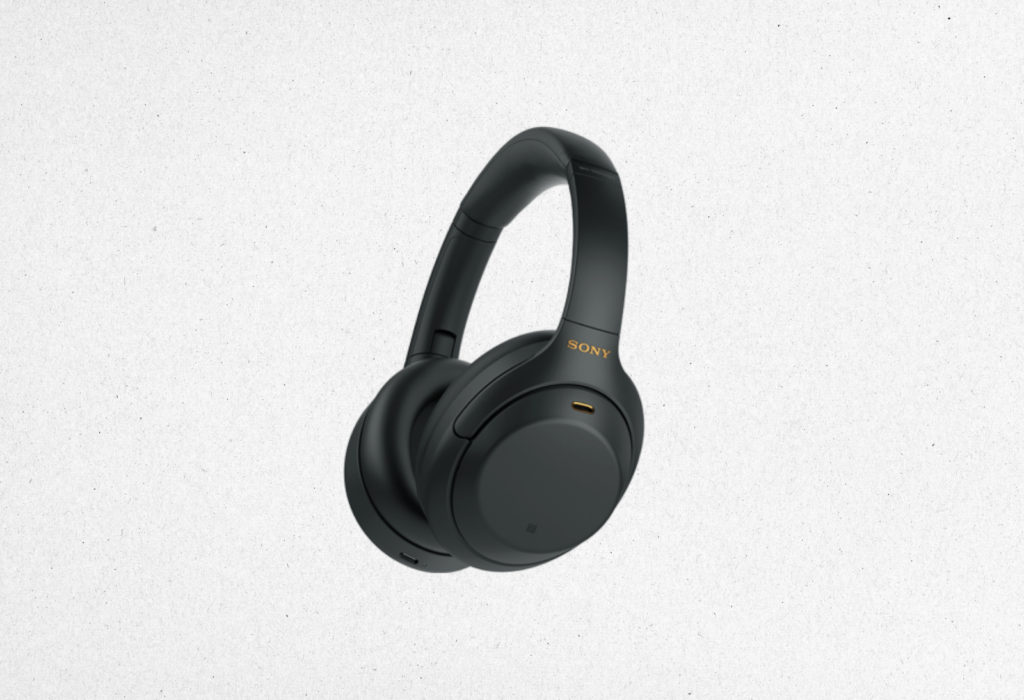
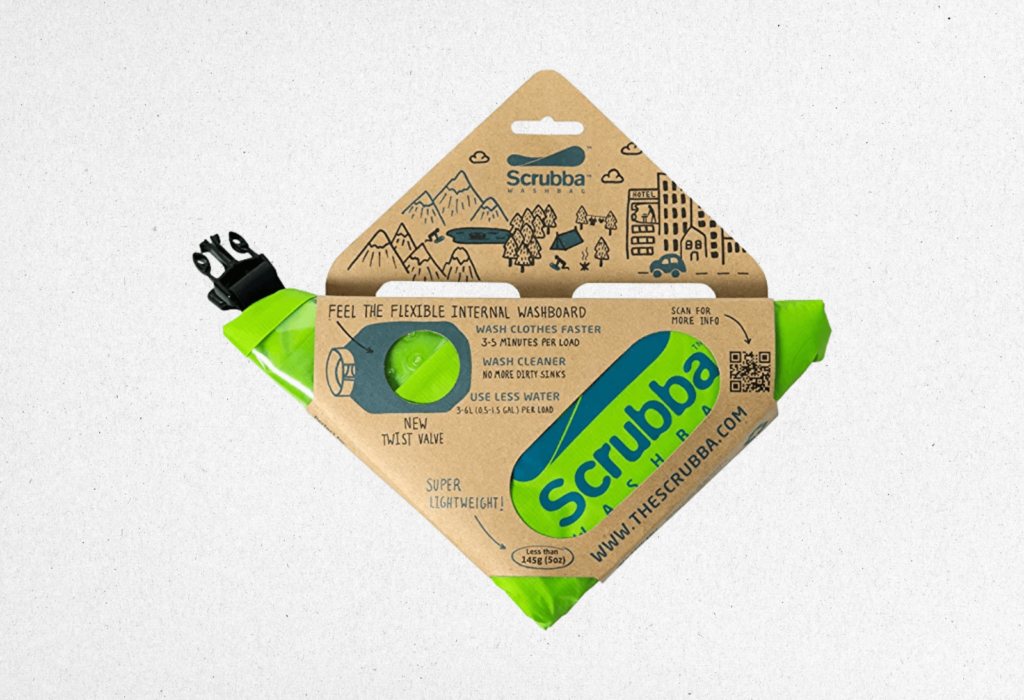
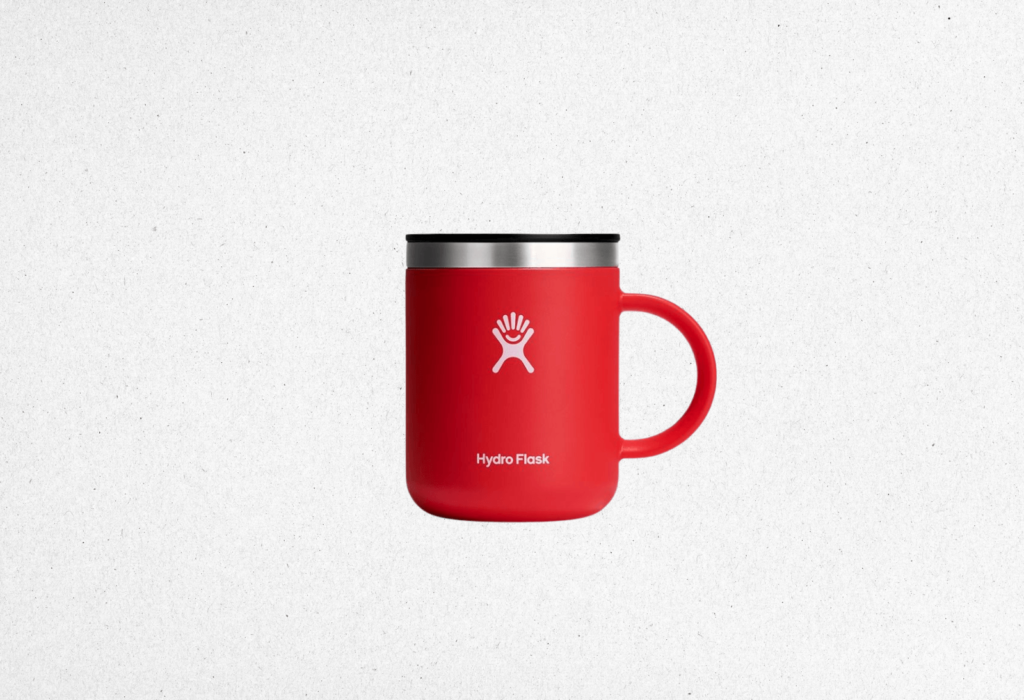
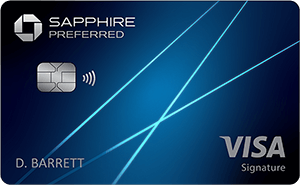




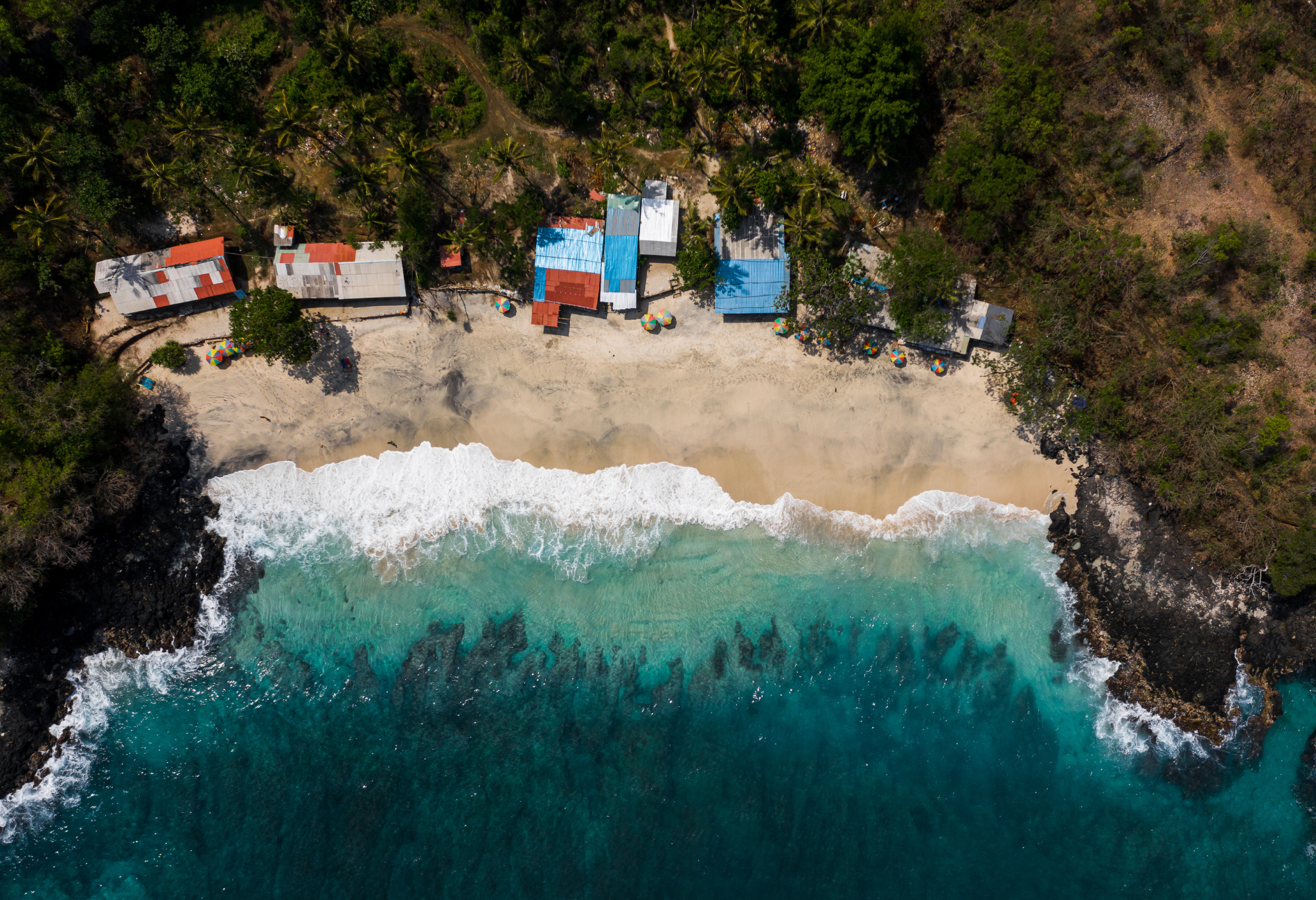
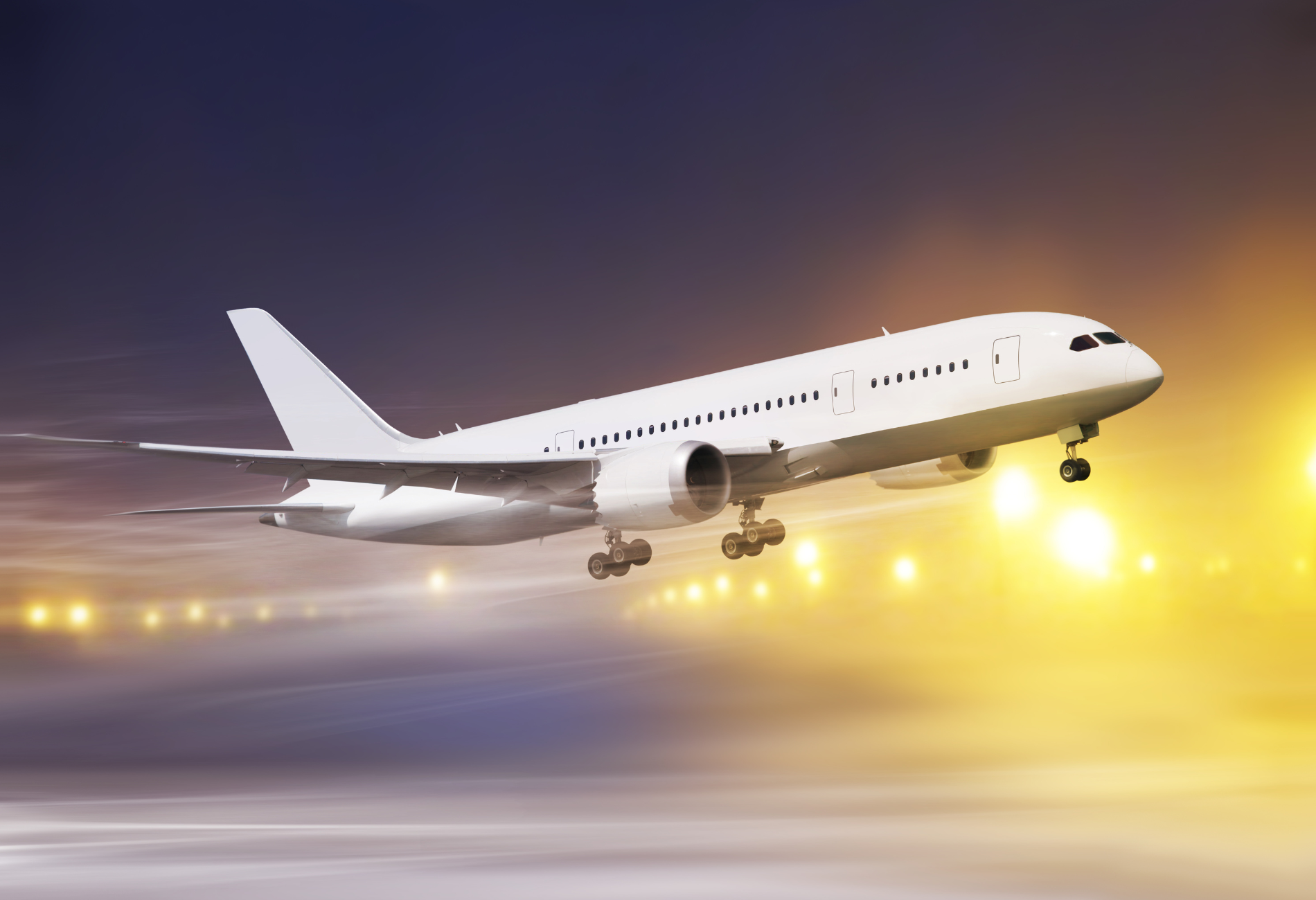
 by your friends at The Daily Navigator
by your friends at The Daily Navigator
